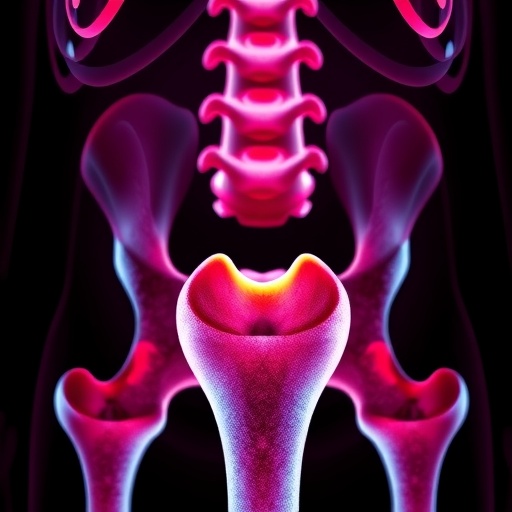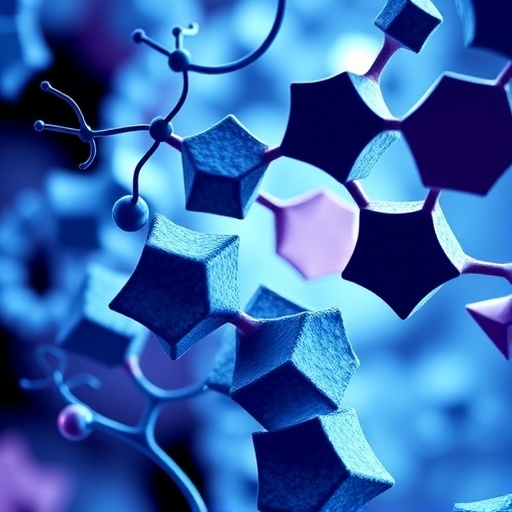
Credit: The Ohio State University
COLUMBUS, Ohio – Eating a Mediterranean diet could decrease the chances an overweight person will experience regular pain, new research suggests.
A well-established connection between body weight and chronic pain might be explained by inflammation in the body, and the study points to anti-inflammatory foods including fish, nuts and beans as a key to preventing or reducing that pain, said lead researcher Charles Emery, a professor of psychology at The Ohio State University.
"We found that a healthy diet explained the link between weight and pain and specifically that seafood and plant proteins such as peas and nuts and beans were key," said Emery, who is a member of Ohio State's Institute for Behavioral Medicine Research.
"It appears to be telling us that it's not just the quantity of the food you eat that plays a role in pain for heavier individuals, but the quality of food as well."
The researchers developed a model to help them determine whether components of an anti-inflammatory diet high in fruits and vegetables, whole grains and healthy fats, played a role in the likelihood a person's weight would contribute to pain.
And they found a clear pattern. Eating more fish and plant-based proteins such as nuts and beans was linked with less pain, regardless of body weight.
The study also upheld previous research showing that people who are overweight or obese are more likely to experience pain. It included 98 men and women 20 to 78 years old and appears this month in the journal Pain.
"Obesity and pain are significant public health problems. This was an attempt to take a very detailed snapshot of how they might be related," Emery said. "We were interested in the possibility of an inflammatory mechanism explaining the connection because we know there's a high degree of inflammation associated with obesity and with pain."
The mediation model he and his team developed took into account weight, an analysis of self-reported dietary patterns (the Health Eating Index, a measure of diet quality based on U.S. dietary guidelines) and results of a two-question pain survey. Researchers spent three hours with each participant in his or her home.
The researchers accounted for other factors that could influence their results, including age, depression, analgesic medication use and joint pain.
And they tested the model using three different measures of weight – body mass index, waist circumference and body fat percentage. In all three cases, they found evidence that anti-inflammatory proteins may explain the link between increased weight and pain.
"For people with obesity, it's kind of like a cloud hanging over them because they experience high levels of pain and inflammation," Emery said.
The data came from a larger initial study that examined the home environment's role on psychological and social functioning of obese people and people at a healthy weight.
Potential weaknesses of the study include the lack of blood samples that would allow the researchers to look at inflammatory markers and the brevity of the pain measurement. The pain evaluation provides an indicator of pain experienced during the previous month, but does not account for chronic pain of a longer duration.
Emery said his next step is to examine body fat and pain using biomarkers associated with inflammation.
"I'm interested in how our work can contribute to effective treatments for overweight and obese individuals," he said.
###
Emery's collaborators, all from Ohio State, were KayLoni Olson, Andrew Bodine, Victoria Lee and Diane Habash.
The National Center for Advancing Translational Sciences and Ohio State's Food Innovation Center supported the study.
CONTACT: Charles Emery, 614-688-3061; [email protected]
Written by Misti Crane, 614-292-5220; [email protected]
Media Contact
Charles Emery
[email protected]
614-688-3061
@osuresearch
http://news.osu.edu





